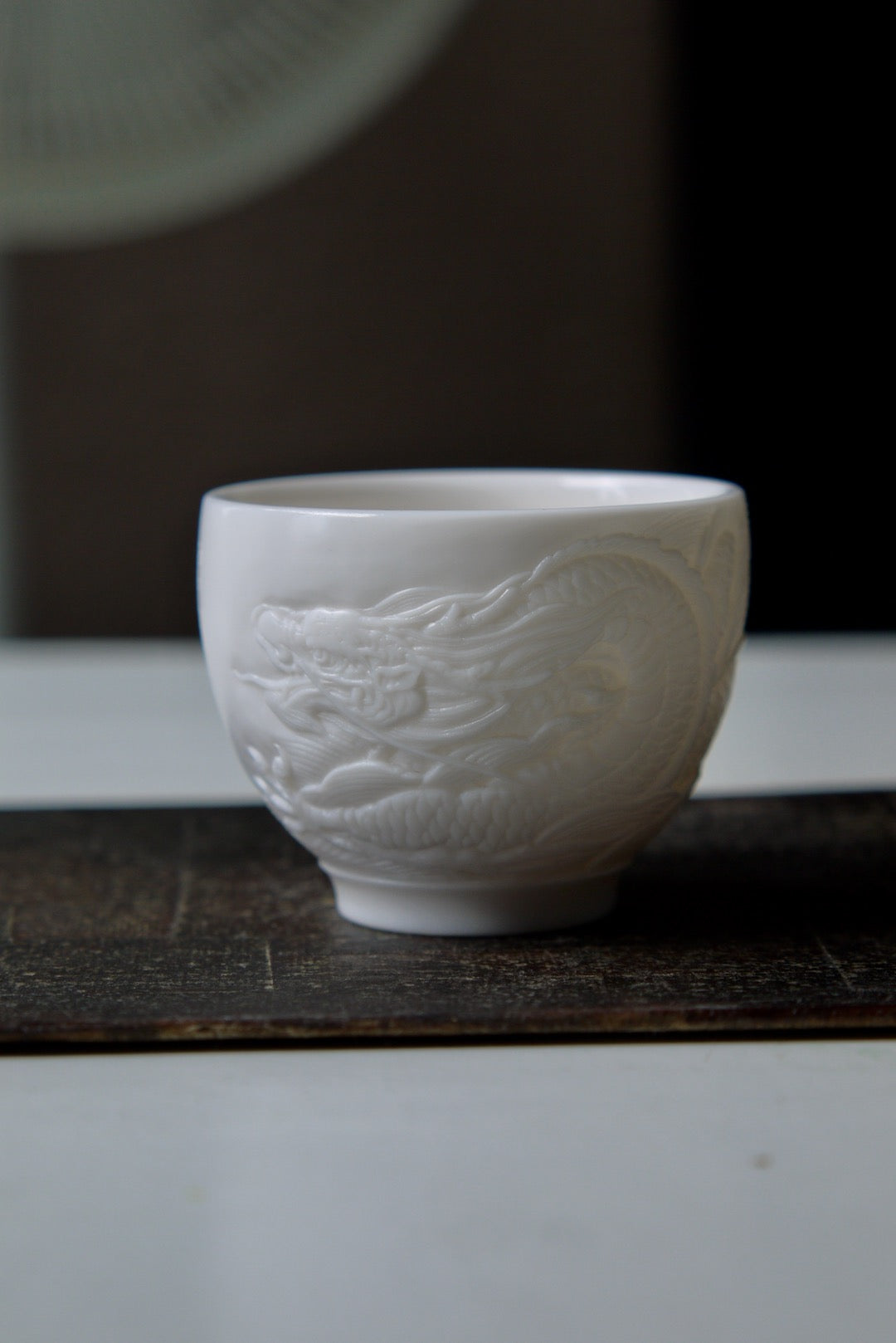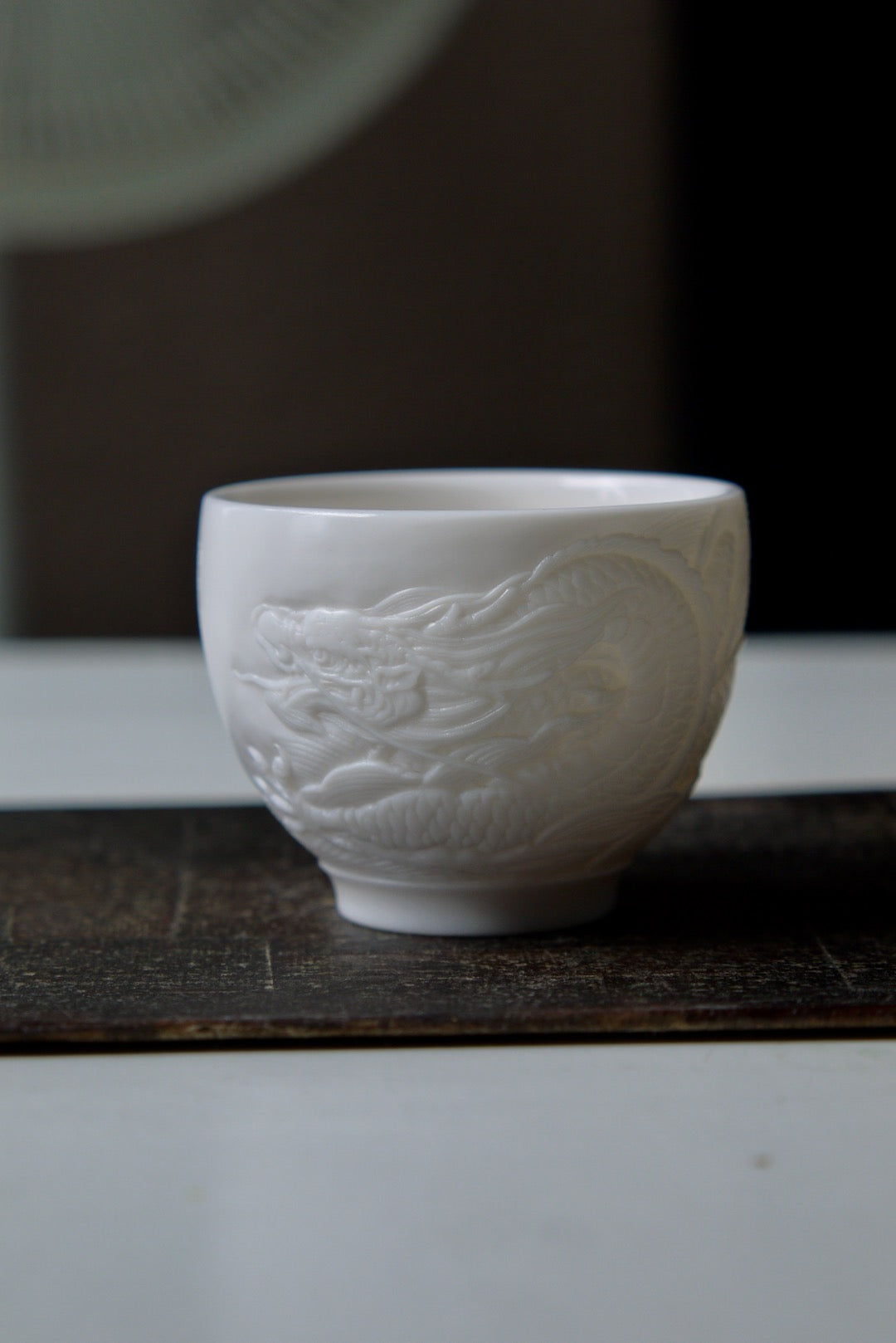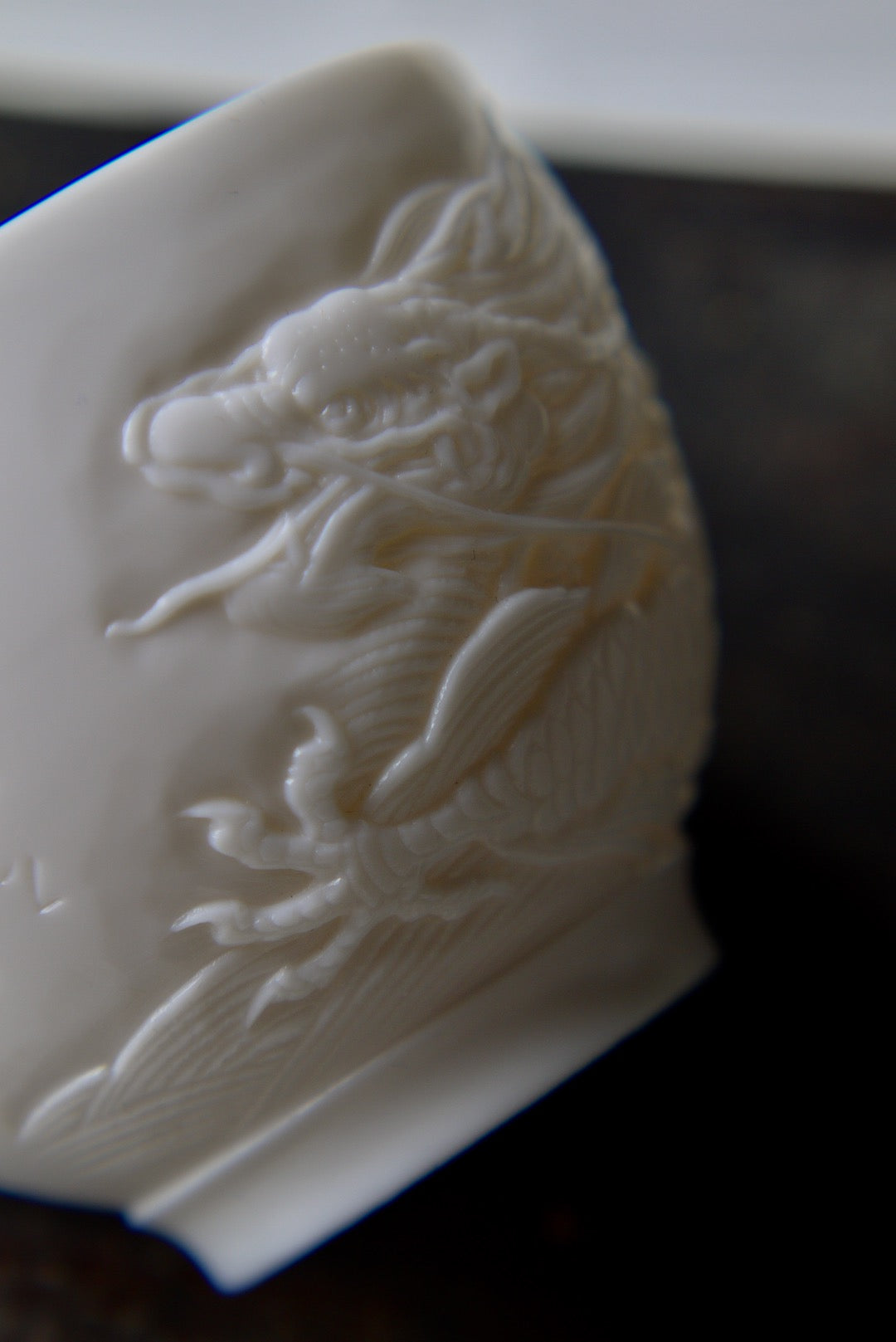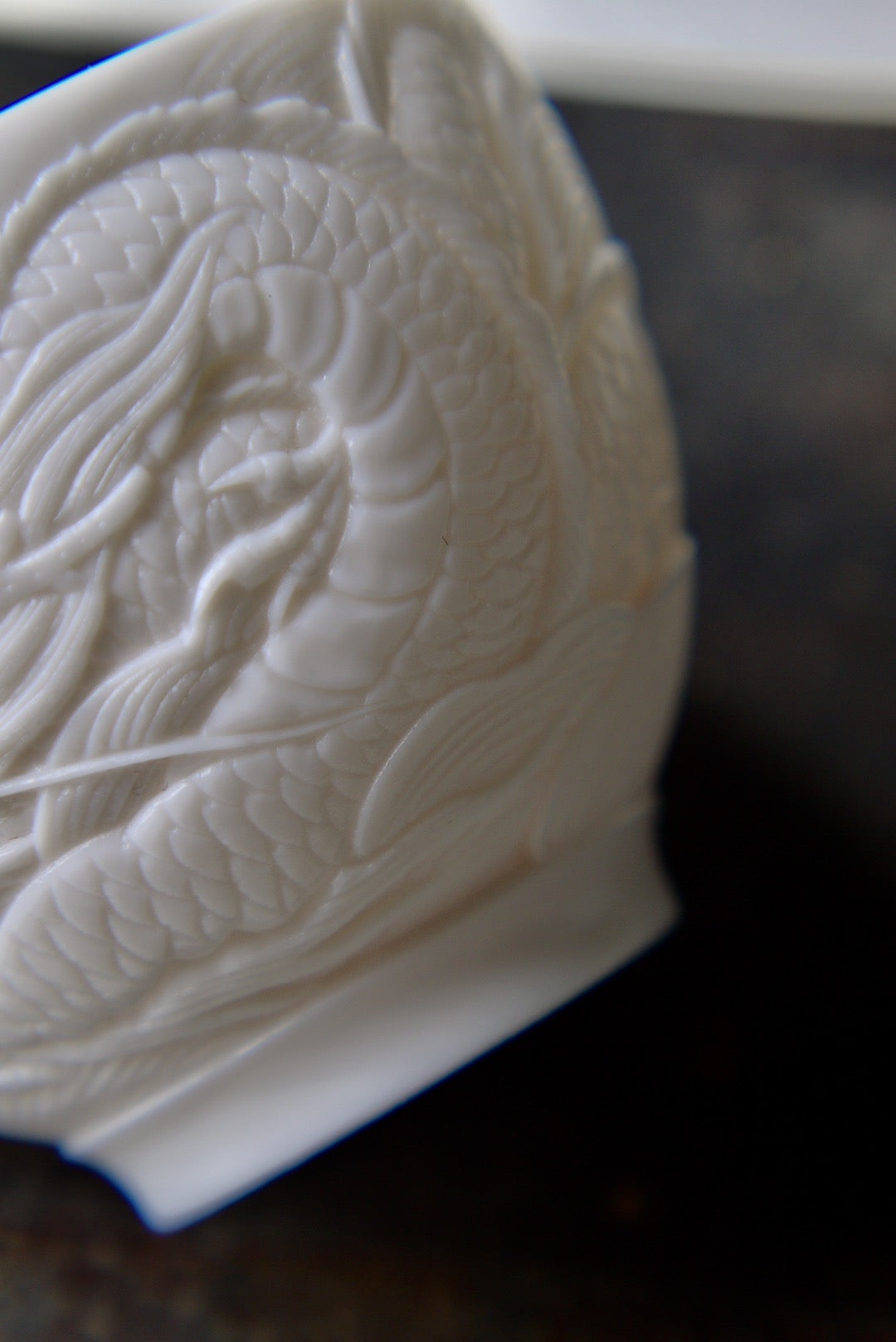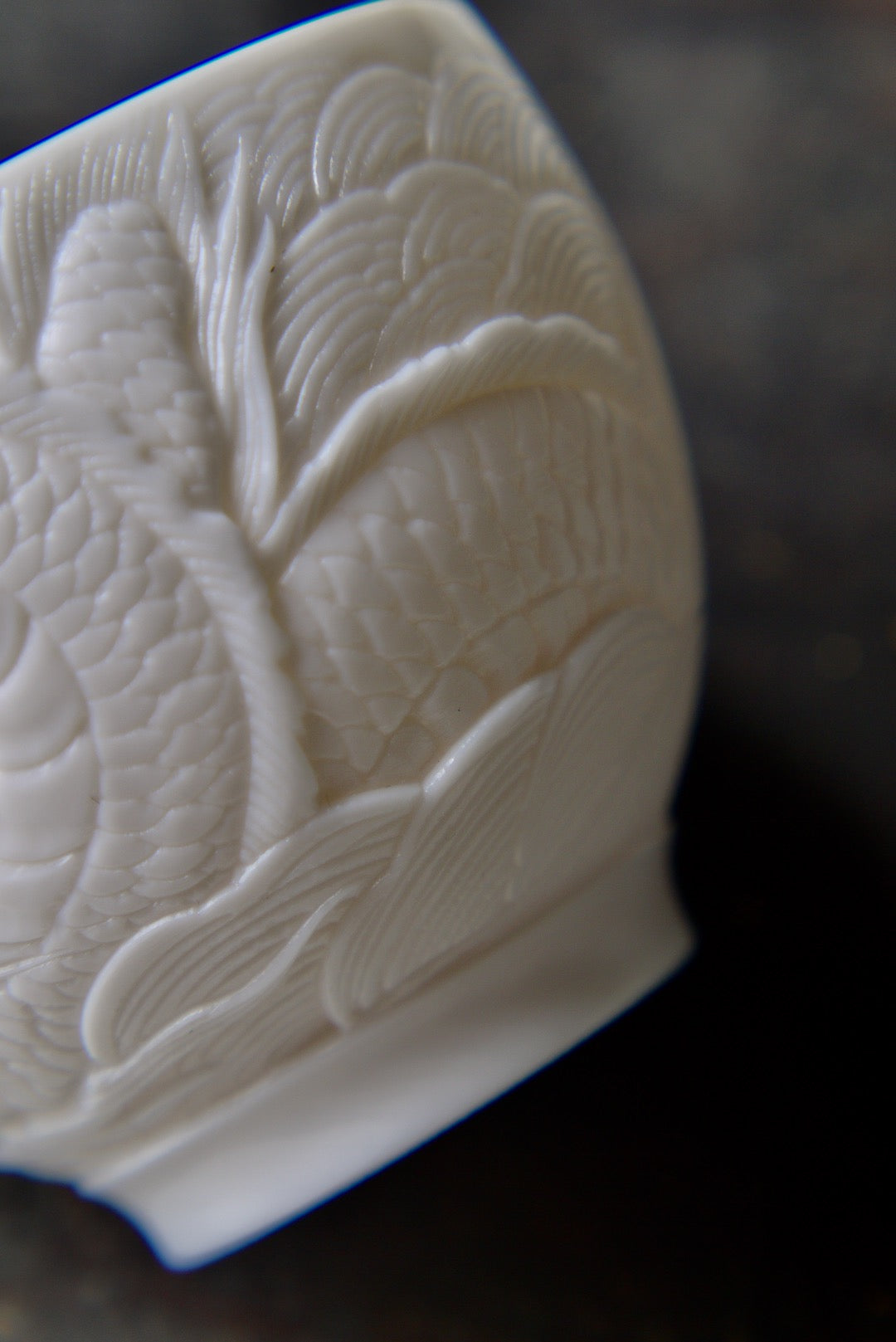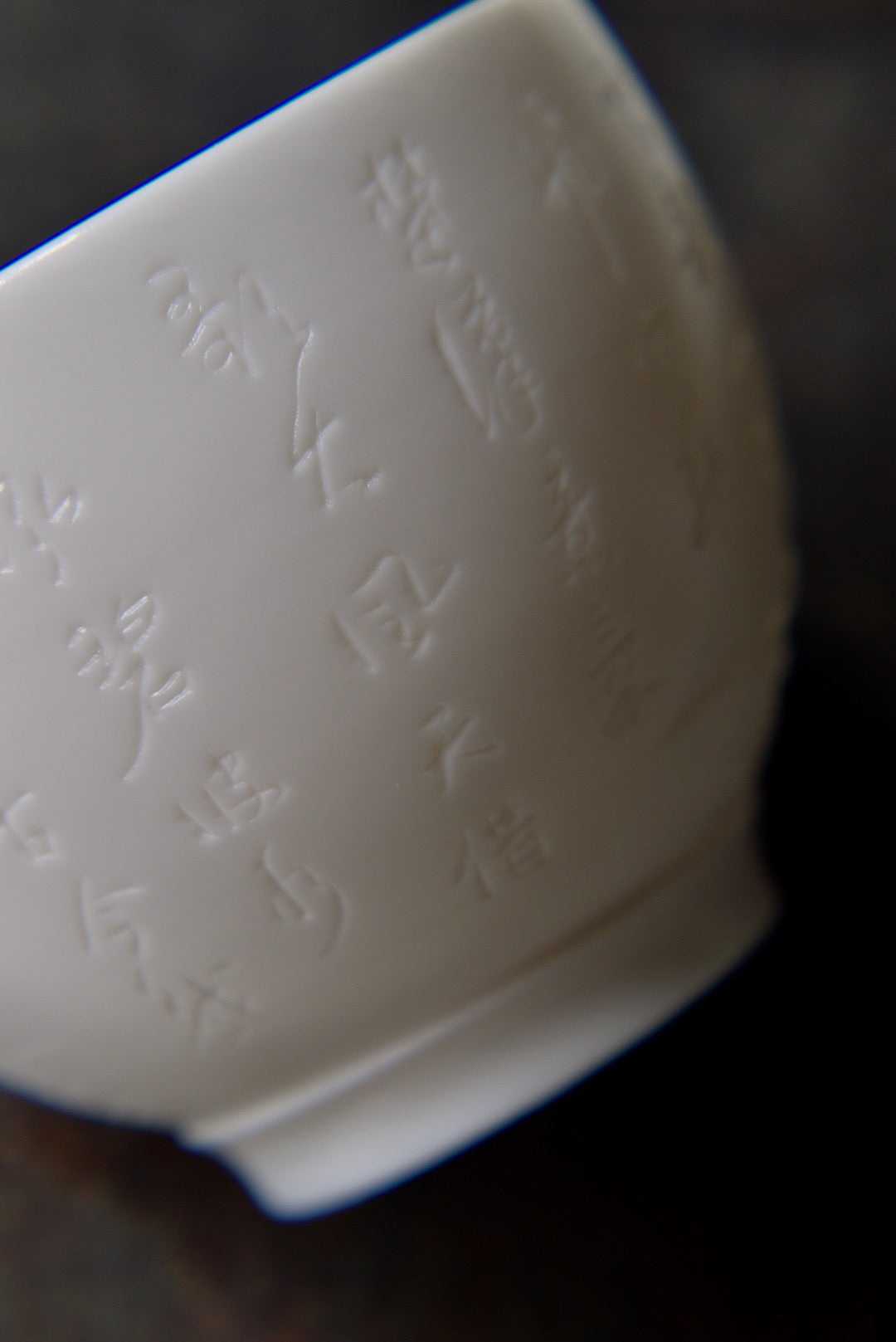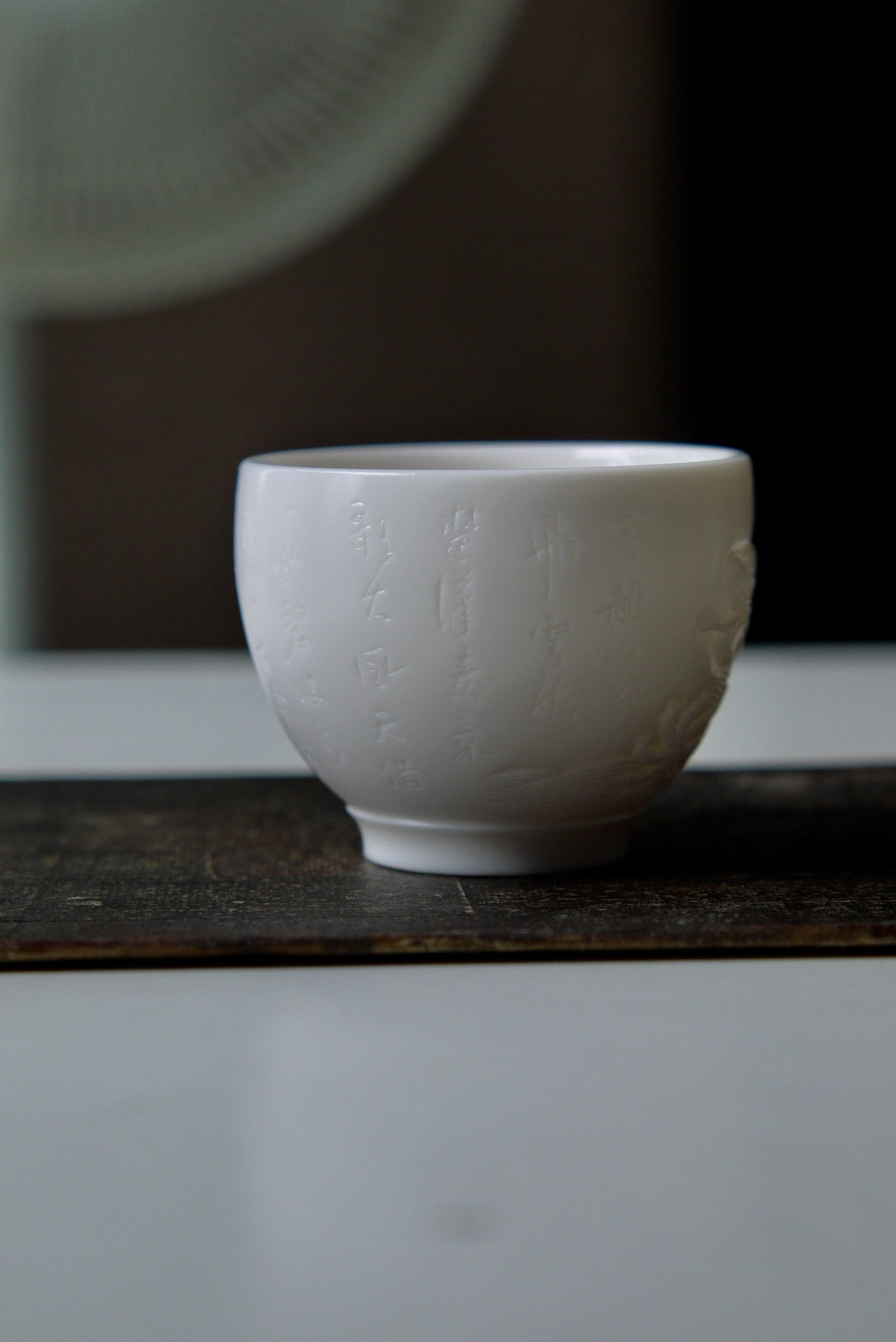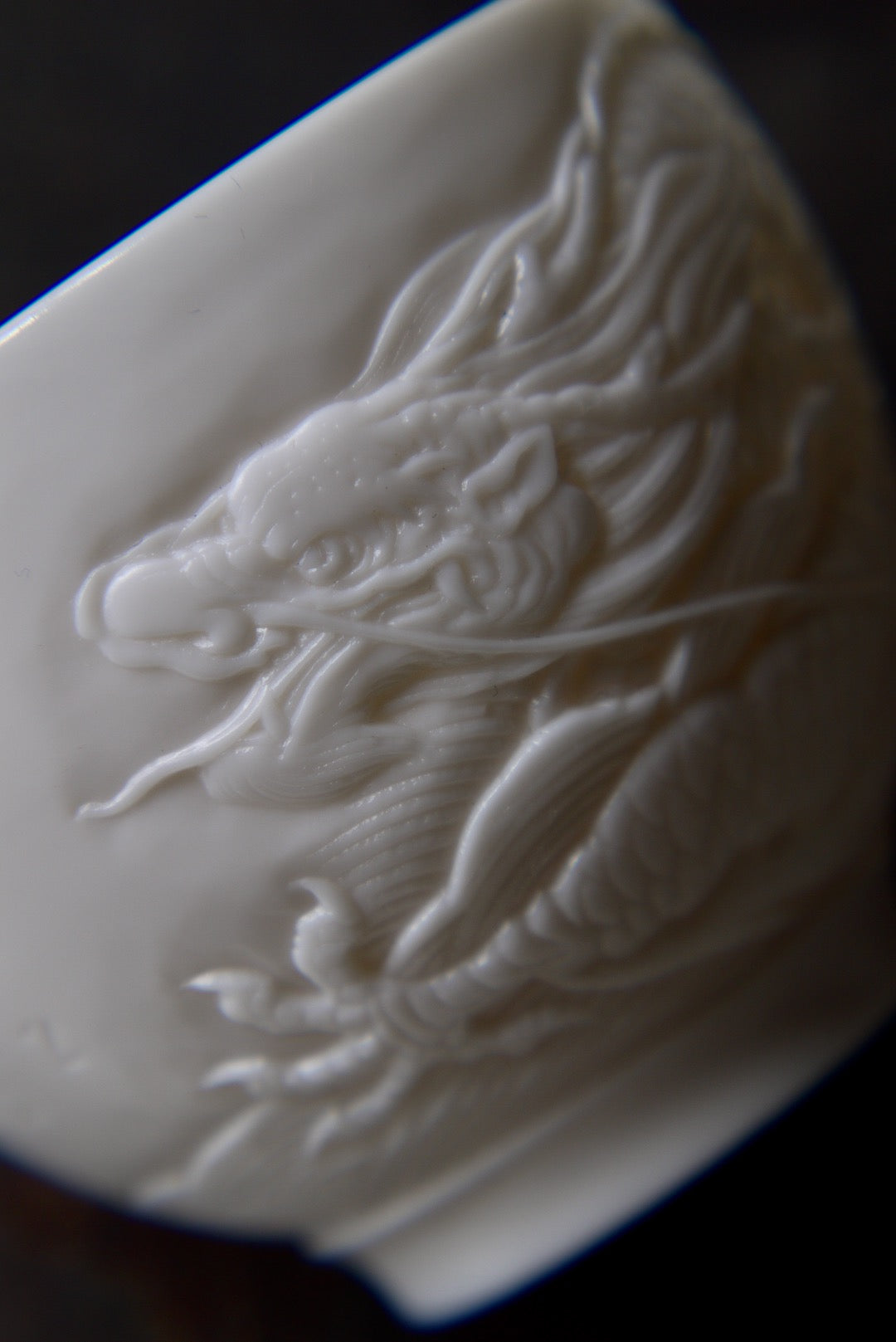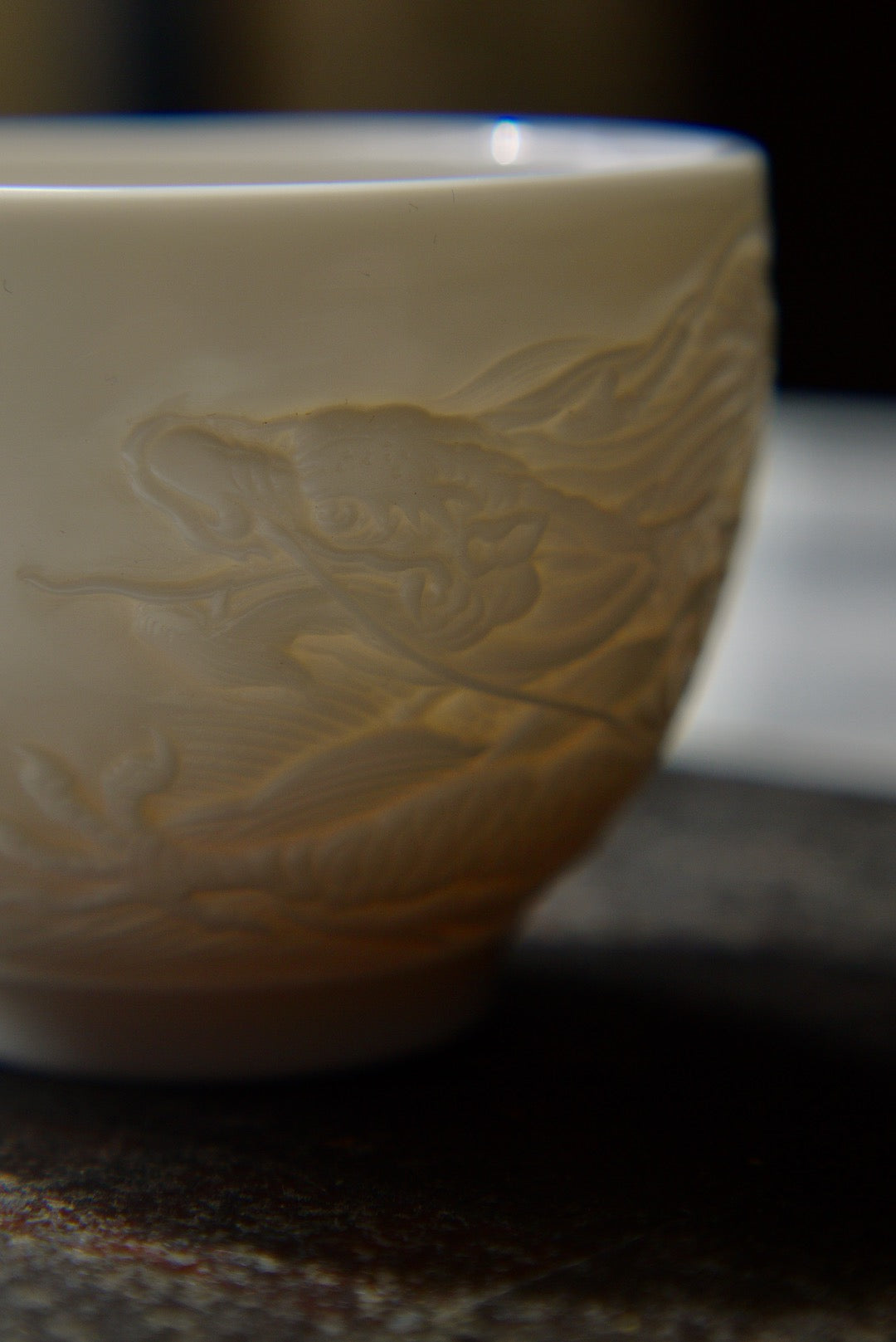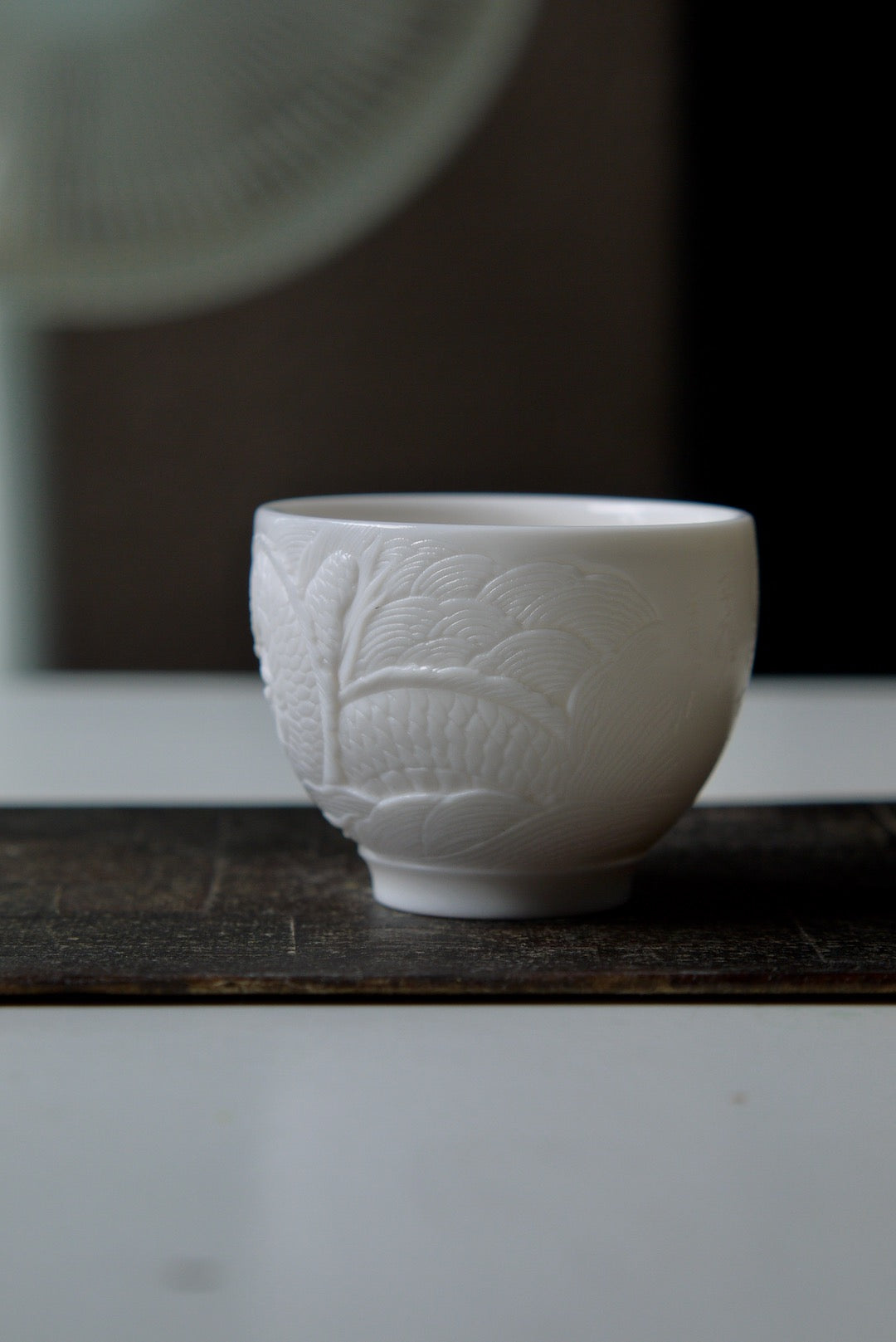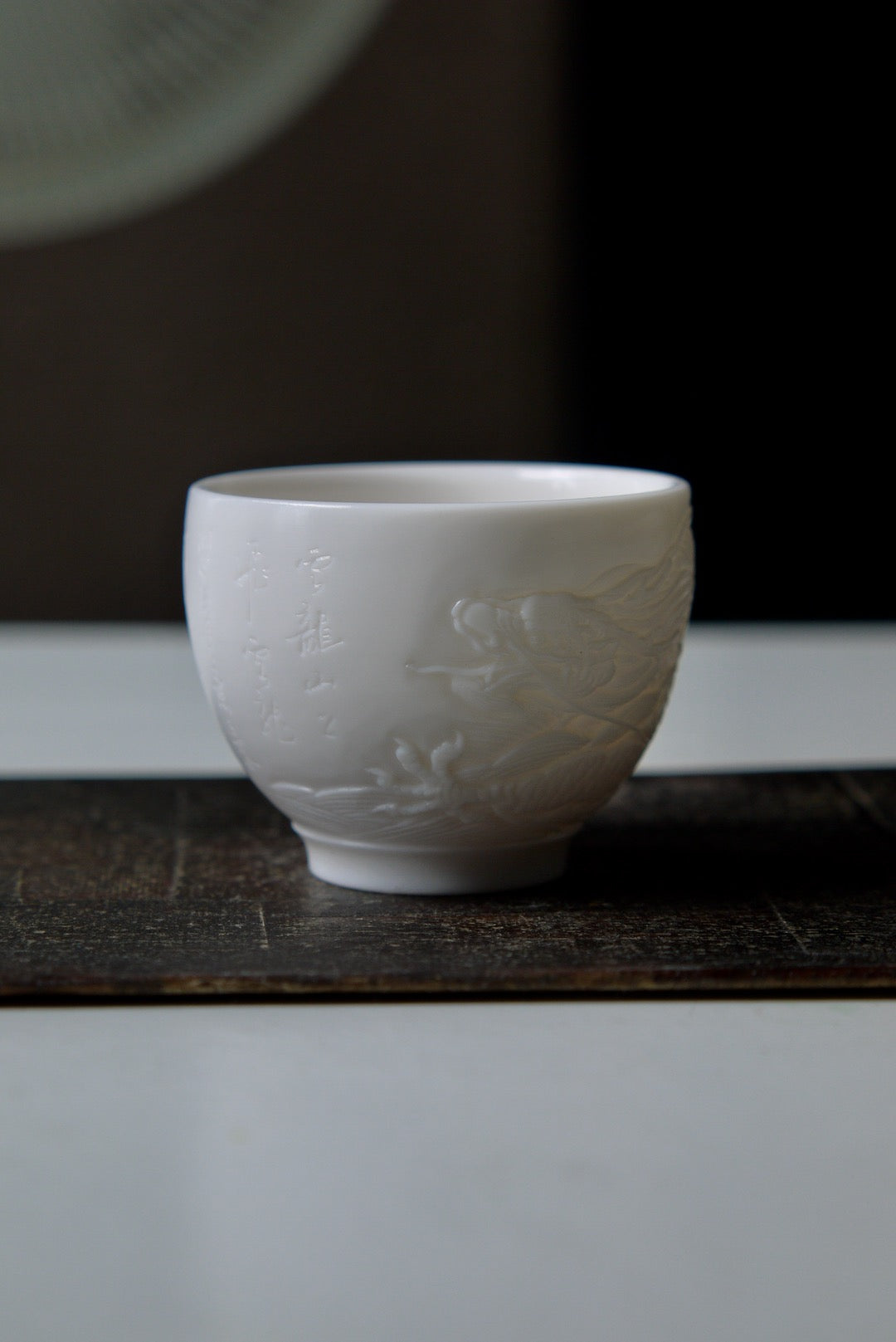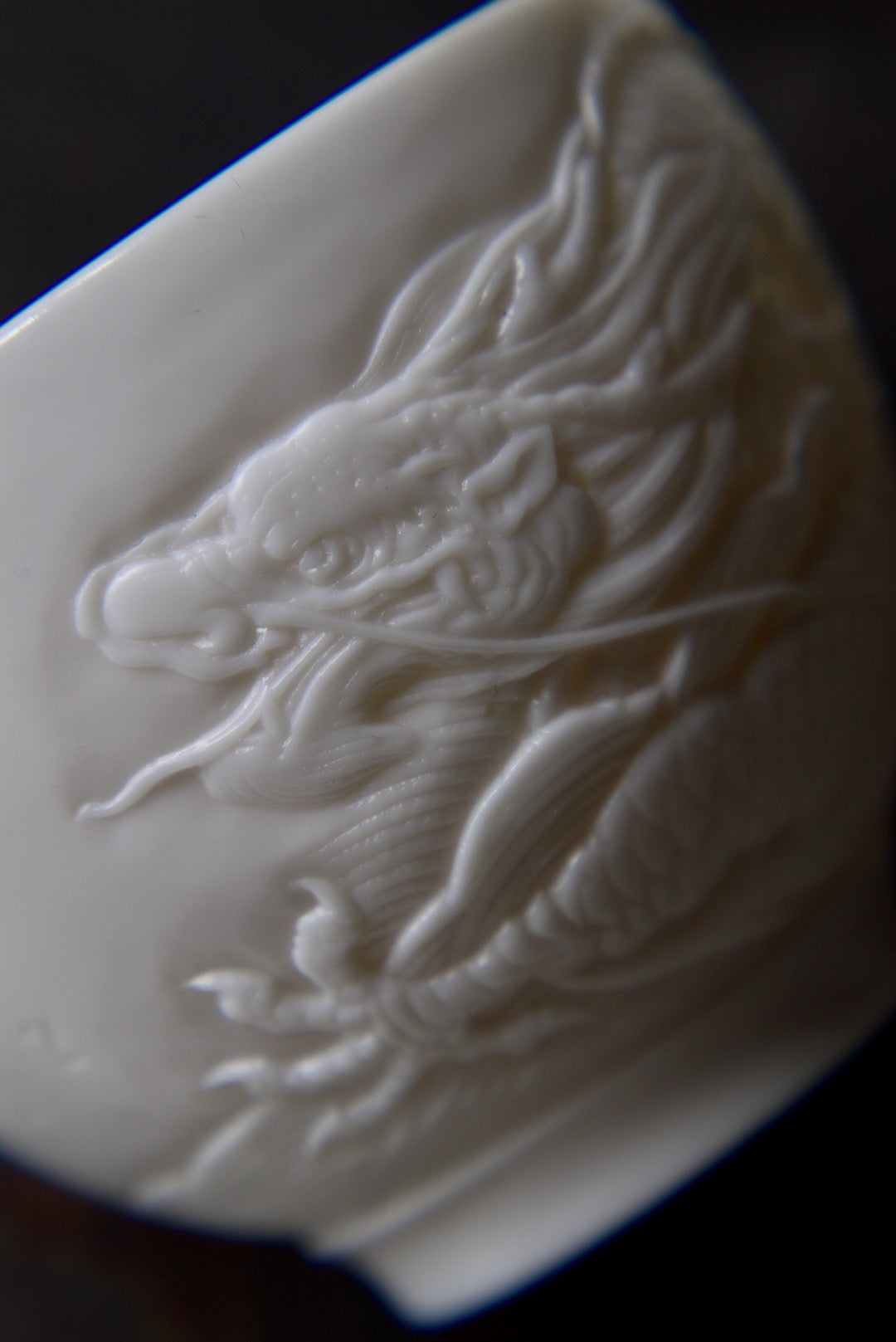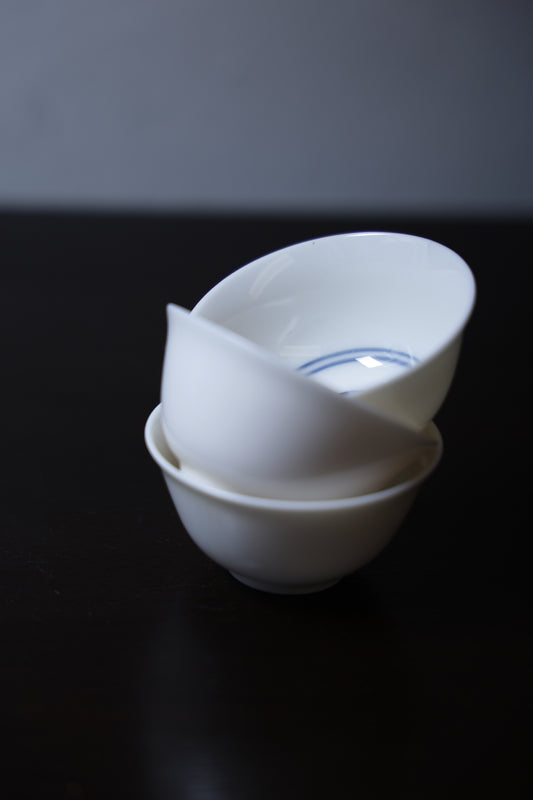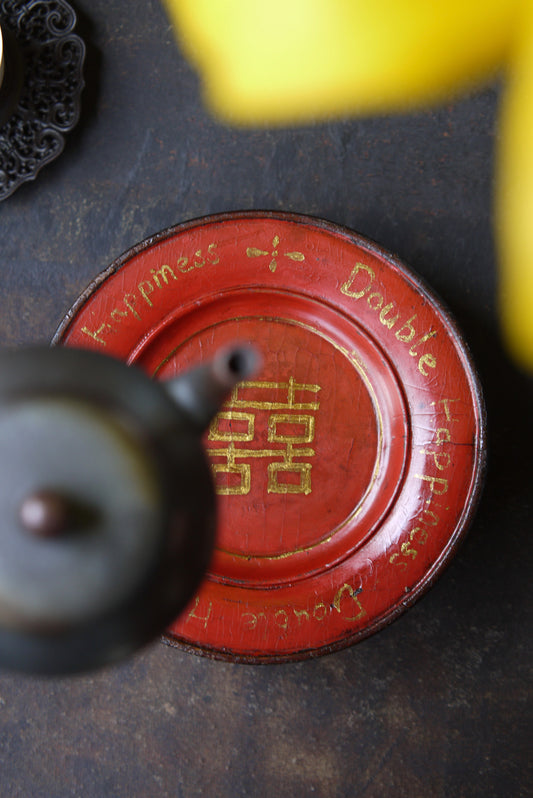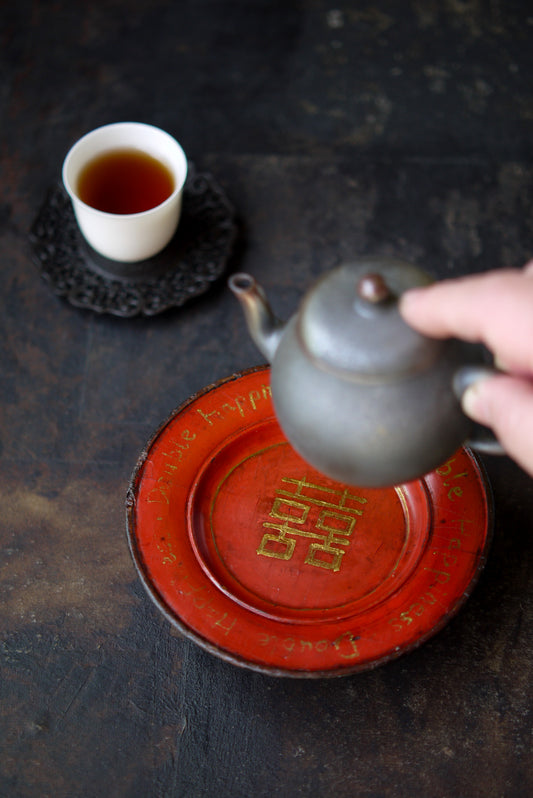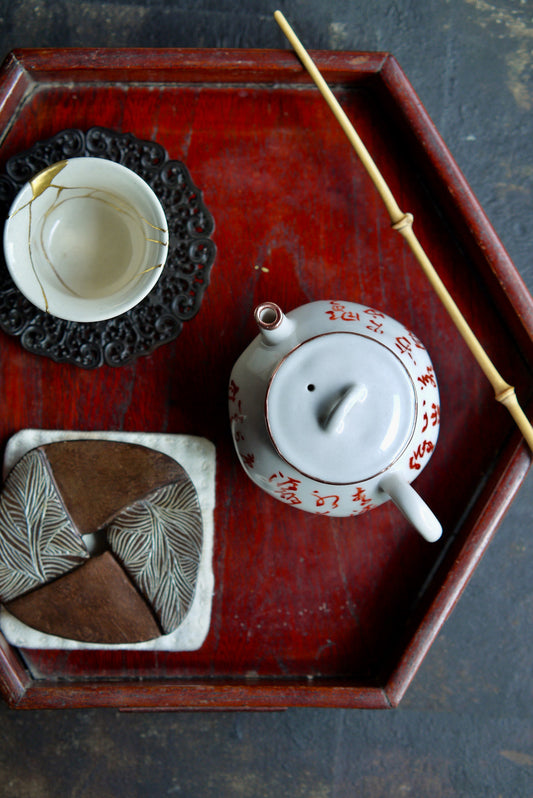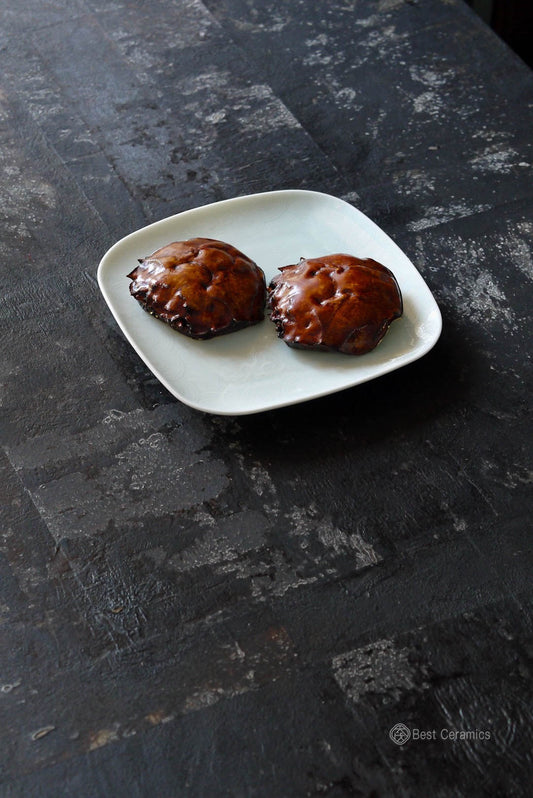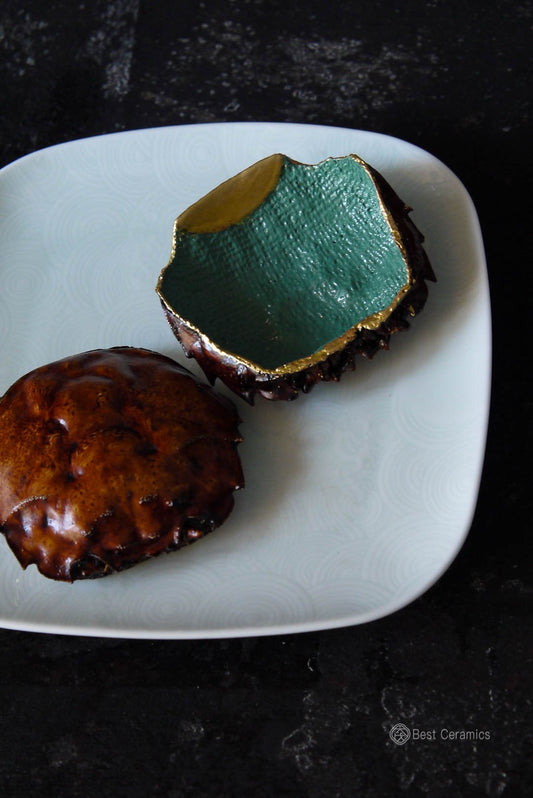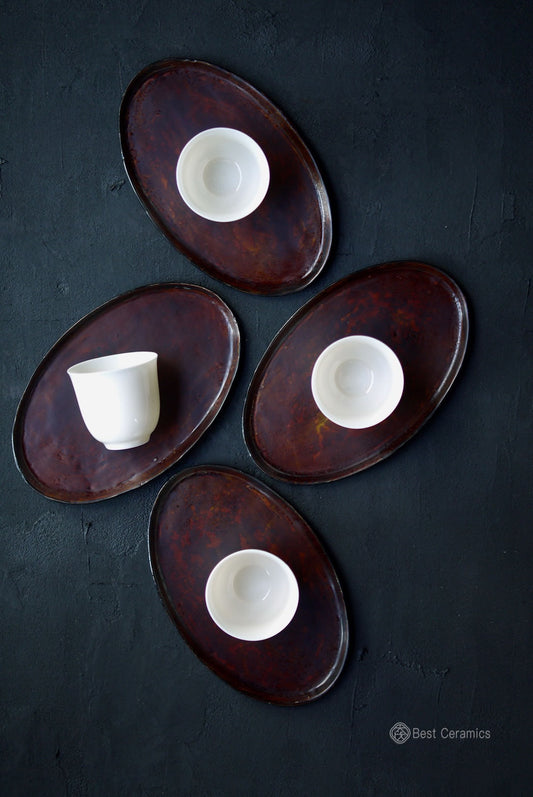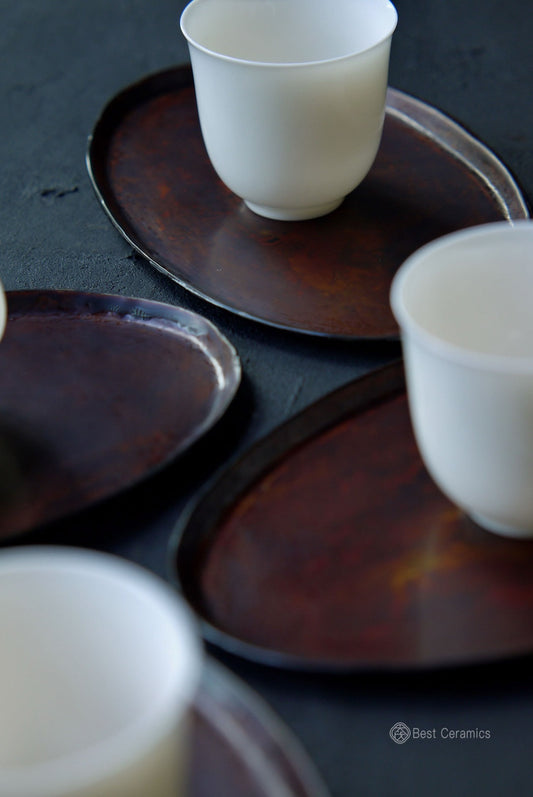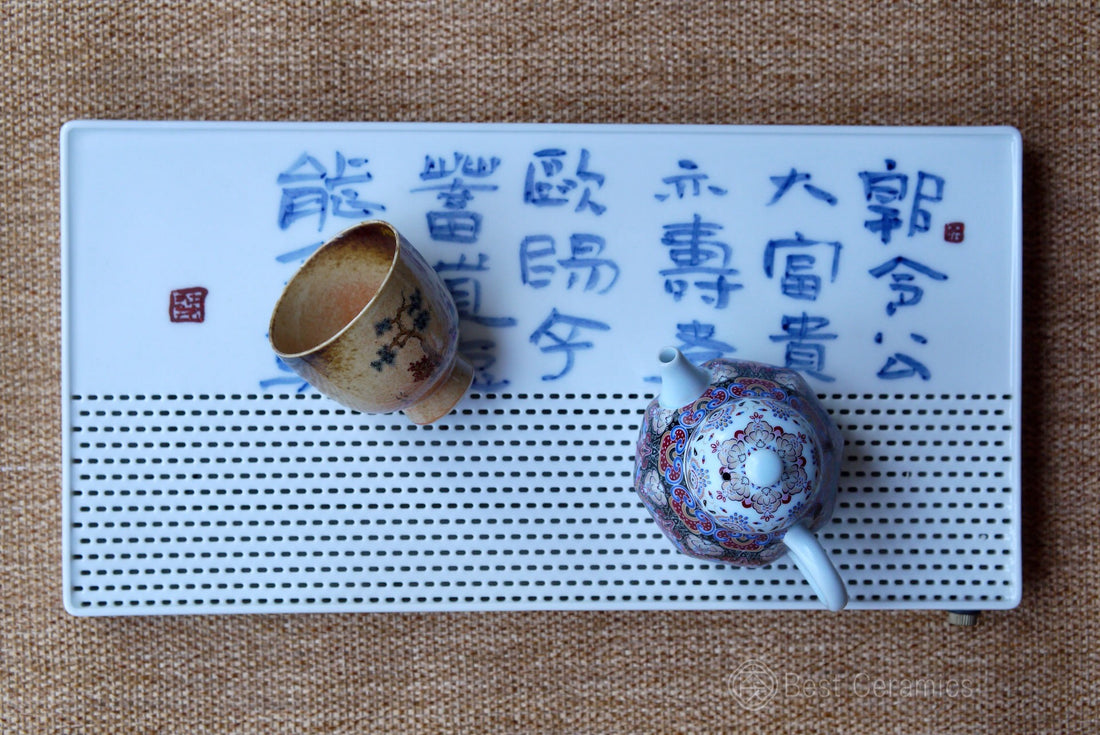
Poetry on Teaware: A Chinese Tradition
YuanKevinShare
Click the Picture to learn more
The origins of this tradition can be traced back to ancient China, where scholars and poets often gathered to drink tea and engage in intellectual discourse. Tea houses became cultural hubs where ideas were exchanged and artistic expressions flourished. It was during these gatherings that the practice of inscribing poetry on teaware began to take shape. The literati, who valued both tea and poetry, saw this as a way to blend their love for both into a single, harmonious experience.
One of the main reasons Chinese people inscribe poetry on teaware is to enhance the aesthetic value of the objects. The calligraphy itself is a form of art, with each stroke reflecting the skill and emotion of the writer. When a beautiful poem is written on a tea cup or teapot, it elevates the object from a mere utensil to a piece of art. This artistic aspect is not just about visual appeal; it also engages the mind and the emotions, creating a deeper connection between the drinker and the tea.
Moreover, the poems chosen for inscription often carry significant cultural and philosophical meanings. Many of these verses are derived from classic Chinese literature and reflect themes such as nature, impermanence, and the pursuit of tranquility. For example, a poem might describe the fleeting beauty of a cherry blossom, reminding the drinker to appreciate the present moment. This aligns with the principles of Daoism and Buddhism, which emphasize mindfulness and the transient nature of life.
In addition to their aesthetic and philosophical appeal, poetic inscriptions on teaware also serve a social function. When guests are served tea in cups adorned with beautiful verses, it can spark conversations and provide a starting point for intellectual discussions. This was particularly important in historical China, where social gatherings often revolved around cultural and intellectual activities. The poems on the teaware added an extra layer of depth to these interactions, making them more meaningful and enriching.

Another important aspect of this tradition is its reflection of personal sentiment and identity. In some cases, the poems inscribed on teaware are original compositions by the owners or their friends. These personal inscriptions can convey a wide range of emotions and thoughts, from expressions of friendship and love to reflections on life and nature. By writing these verses on their teaware, individuals could leave a lasting mark of their personality and values, creating a tangible connection between the object and its owner.

The craftsmanship involved in creating teaware with poetic inscriptions is also noteworthy. Artisans must possess not only the technical skills to produce high-quality ceramics but also the artistic ability to inscribe beautiful calligraphy. This combination of skills is highly respected in Chinese culture, where craftsmanship and artistry are seen as complementary aspects of a single, holistic practice. The resulting teaware is a testament to the artisan's dedication and talent, further enhancing its value and appeal.

In recent years, the tradition of inscribing poetry on teaware has seen a resurgence, both in China and internationally. As more people around the world discover the joys of Chinese tea culture, there is a growing appreciation for the artistry and meaning behind these poetic inscriptions. Contemporary artists and tea enthusiasts continue to explore new ways to blend poetry and teaware, creating modern interpretations of this ancient practice.

In conclusion, the tradition of inscribing poetry on teaware is a unique and beautiful aspect of Chinese culture. It enriches the tea-drinking experience by combining visual art, literature, philosophy, and social interaction. Through these poetic inscriptions, everyday objects like tea cups and teapots become vessels of cultural expression and personal connection. This practice not only preserves the rich heritage of Chinese tea culture but also continues to inspire new generations of tea lovers around the world.




